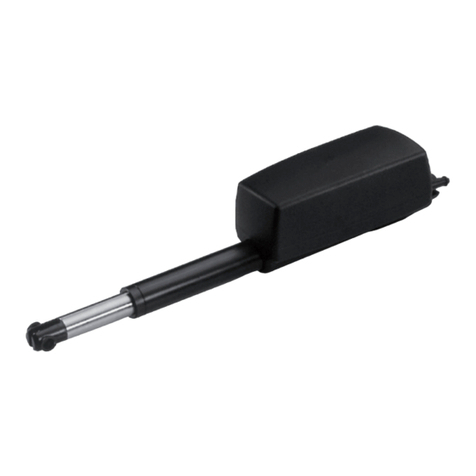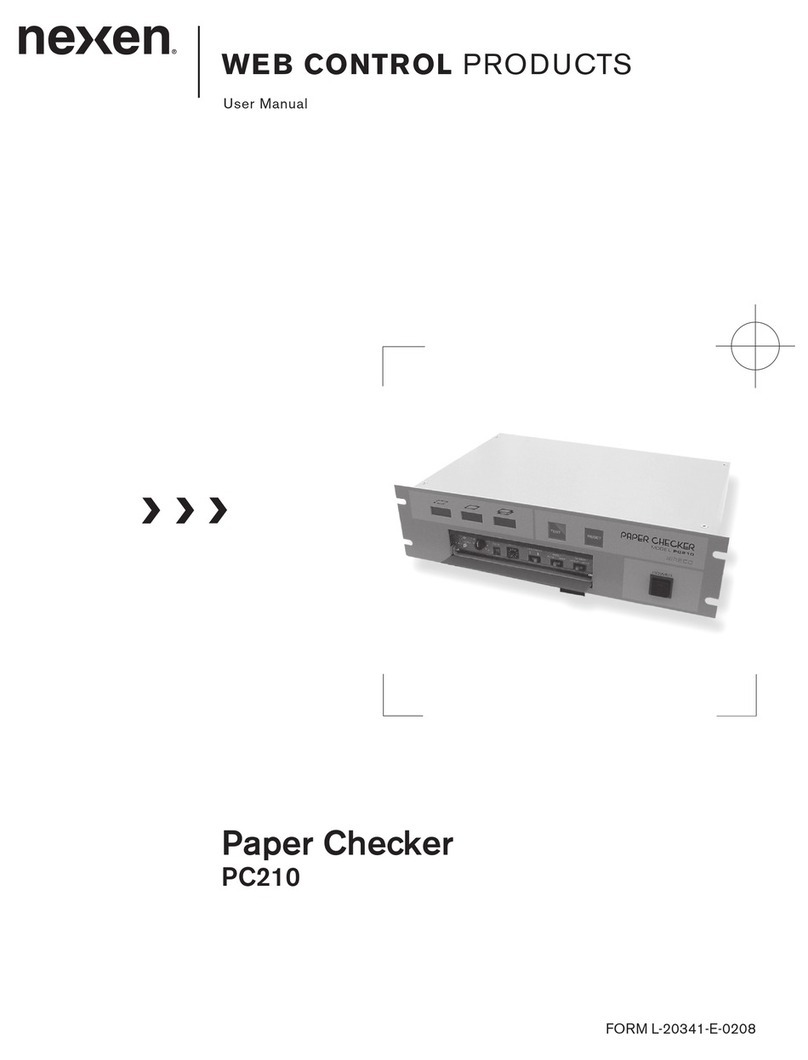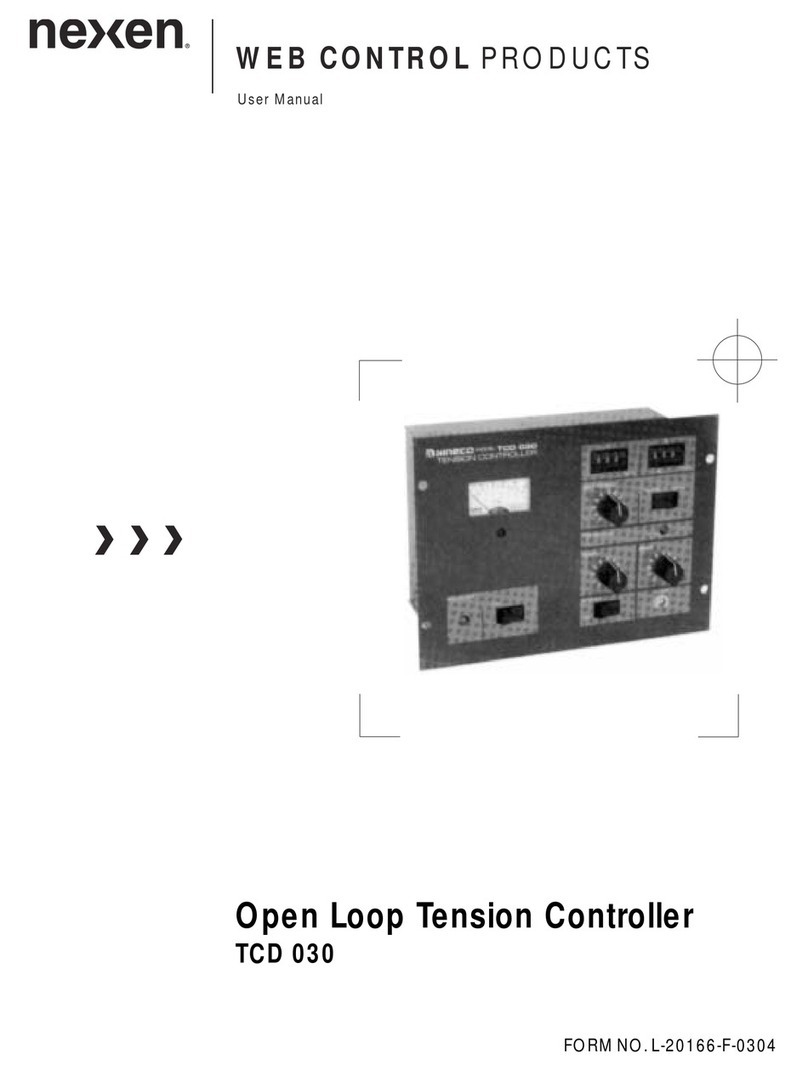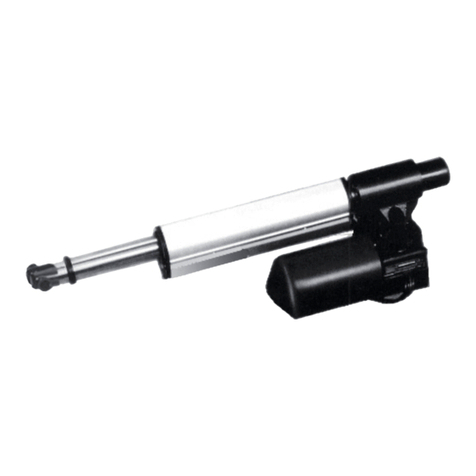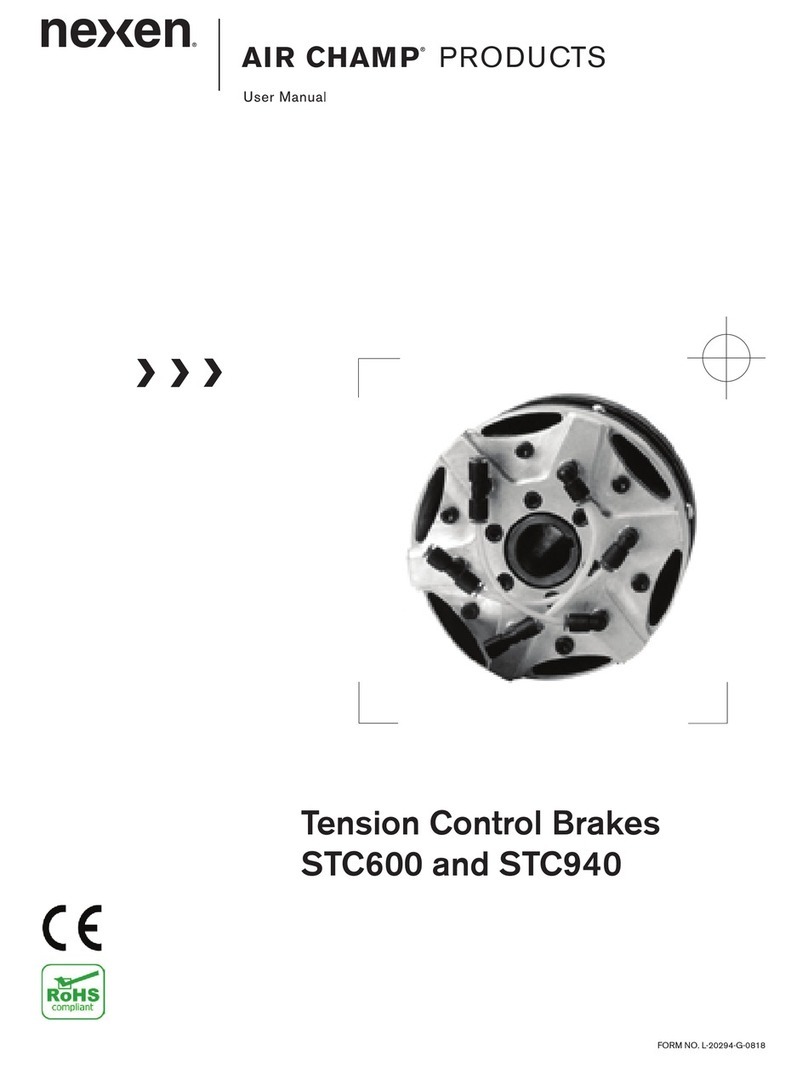
3FORM NO. L-21204-D-0419
Copyright 2018 Nexen Group, Inc.
Table of Contents
Introduction ----------------------------------------------------------------------------------------------------------------------------------------4
Wiring Installation Guidelines --------------------------------------------------------------------------------------------------5
Installation -----------------------------------------------------------------------------------------------------------------------------6
Electrical Connections------------------------------------------------------------------------------------------------------------7
Network Connections -----------------------------------------------------------------------------------------------------10
Input/Output Descriptions -----------------------------------------------------------------------------------------------11
Setup --------------------------------------------------------------------------------------------------------------------------------- 13
RSTC to PC USB Communications ---------------------------------------------------------------------------------13
Display Window--------------------------------------------------------------------------------------------------------------13
Setup Window----------------------------------------------------------------------------------------------------------------13
Torque Actuator --------------------------------------------------------------------------------------------------------------14
Tension Zone ------------------------------------------------------------------------------------------------------------------14
Alarms ---------------------------------------------------------------------------------------------------------------------------15
Web ------------------------------------------------------------------------------------------------------------------------------15
Outputs -------------------------------------------------------------------------------------------------------------------------15
Signal Calibration-----------------------------------------------------------------------------------------------------------------16
Tension Signal Calibration------------------------------------------------------------------------------------------------16
Diameter Signal Calibration----------------------------------------------------------------------------------------------17
Run/Stop Signal Selection-----------------------------------------------------------------------------------------------17
Tuning ------------------------------------------------------------------------------------------------------------------------------- 19
RSTC Tuning Window -----------------------------------------------------------------------------------------------------19
Tuning Procedure------------------------------------------------------------------------------------------------------------19
Setpoint -------------------------------------------------------------------------------------------------------------------------20
Advanced-----------------------------------------------------------------------------------------------------------------------20
Taper Tension -----------------------------------------------------------------------------------------------------------------20
Network Port Setup -------------------------------------------------------------------------------------------------------------21
Operation----------------------------------------------------------------------------------------------------------------------------21
Manual Control ---------------------------------------------------------------------------------------------------------------21
Unwind Application ---------------------------------------------------------------------------------------------------------22
Splicing Unwind Application --------------------------------------------------------------------------------------------22
Wind Application ------------------------------------------------------------------------------------------------------------23
Splicing Wind Application------------------------------------------------------------------------------------------------23
Spring Disengaged Clutch-----------------------------------------------------------------------------------------------24
Mid-Process Application--------------------------------------------------------------------------------------------------24
Diagnostics --------------------------------------------------------------------------------------------------------------------24
Specifications----------------------------------------------------------------------------------------------------------------------25
Part Numbers ----------------------------------------------------------------------------------------------------------------------25
Troubleshooting -------------------------------------------------------------------------------------------------------------------26
Service Instructions--------------------------------------------------------------------------------------------------------------27
Appendix-----------------------------------------------------------------------------------------------------------------------------27
Warranty -----------------------------------------------------------------------------------------------------------------------------28






